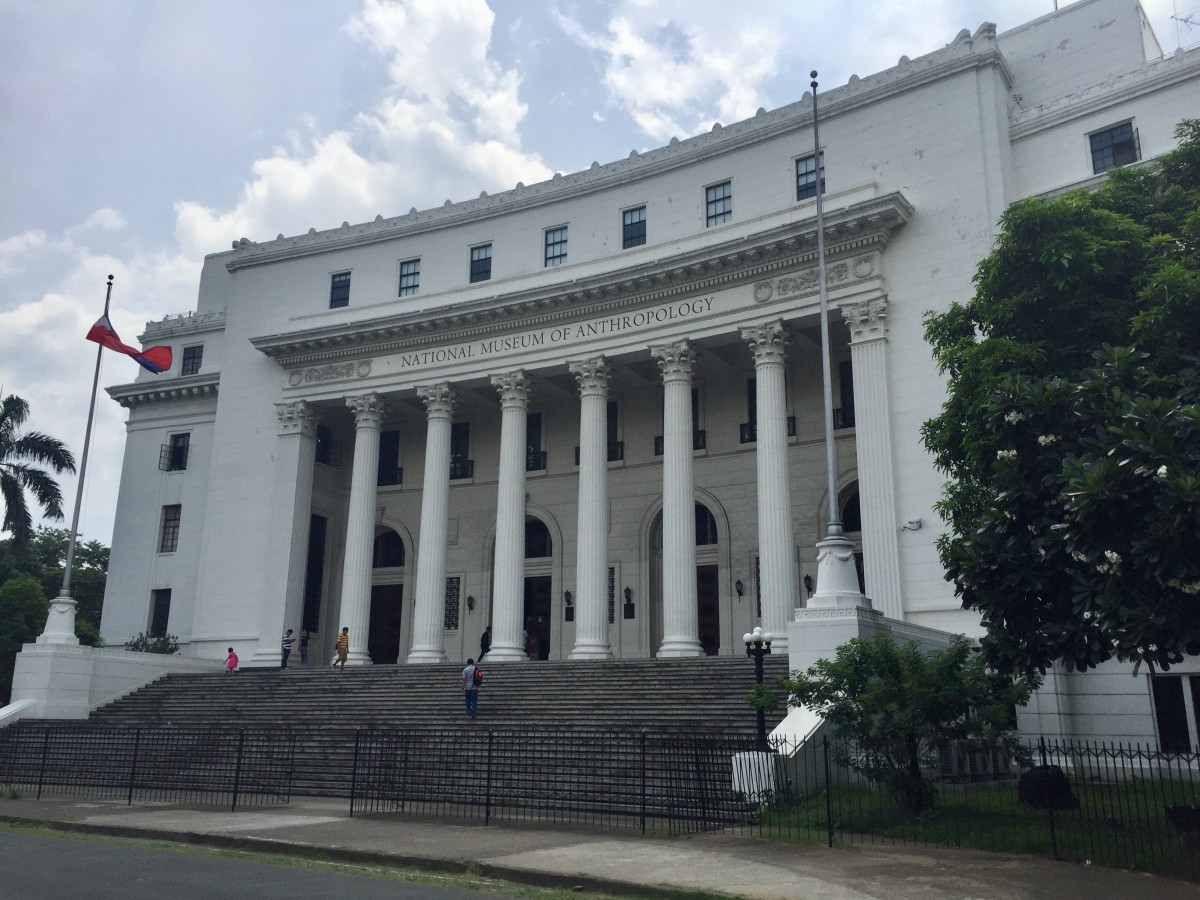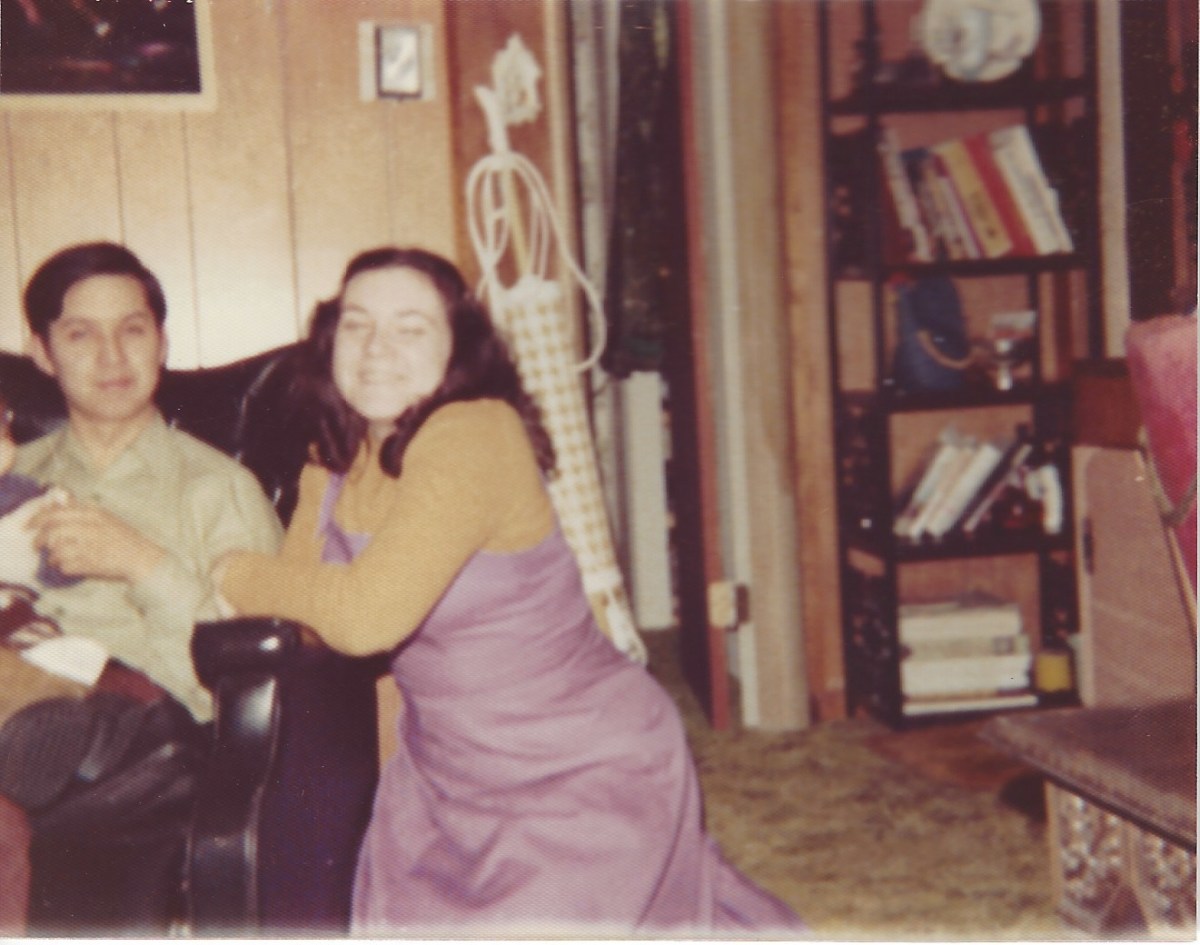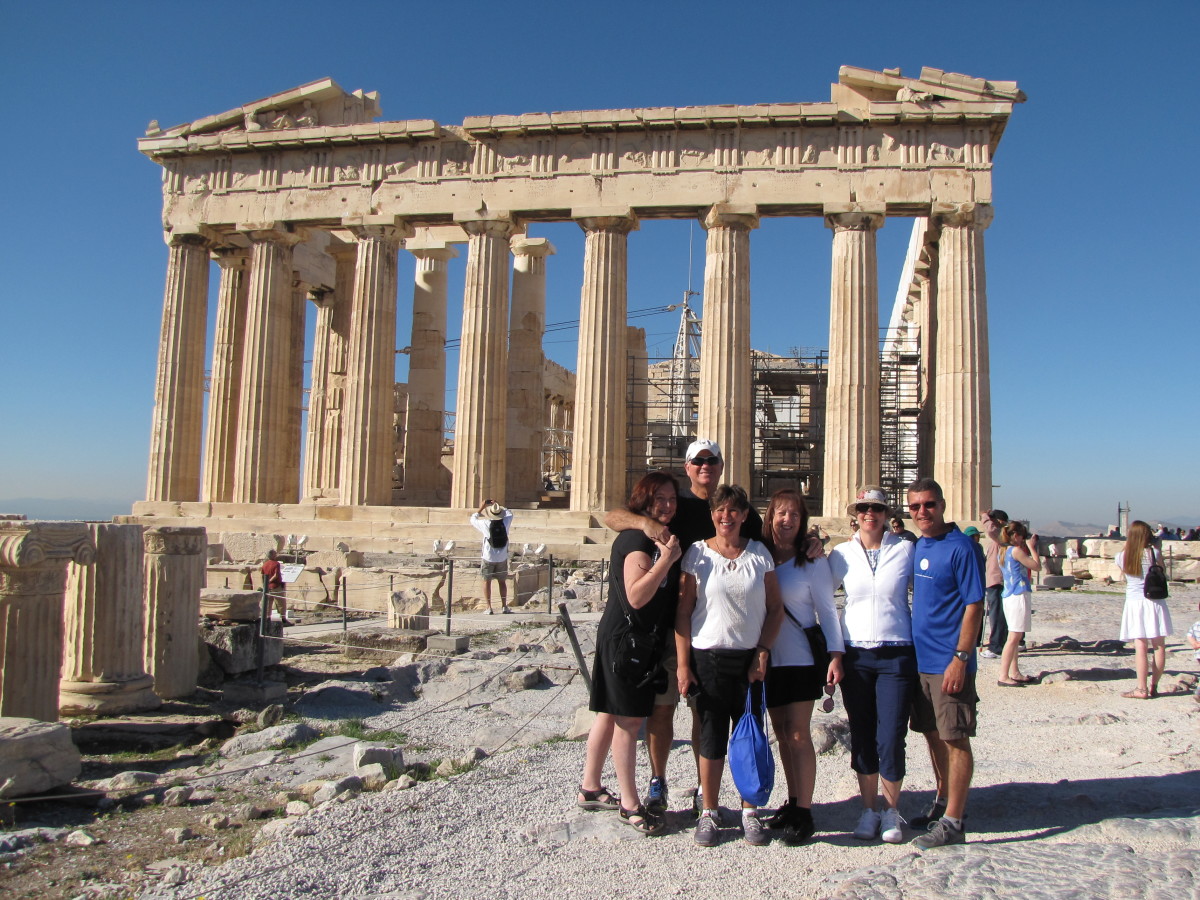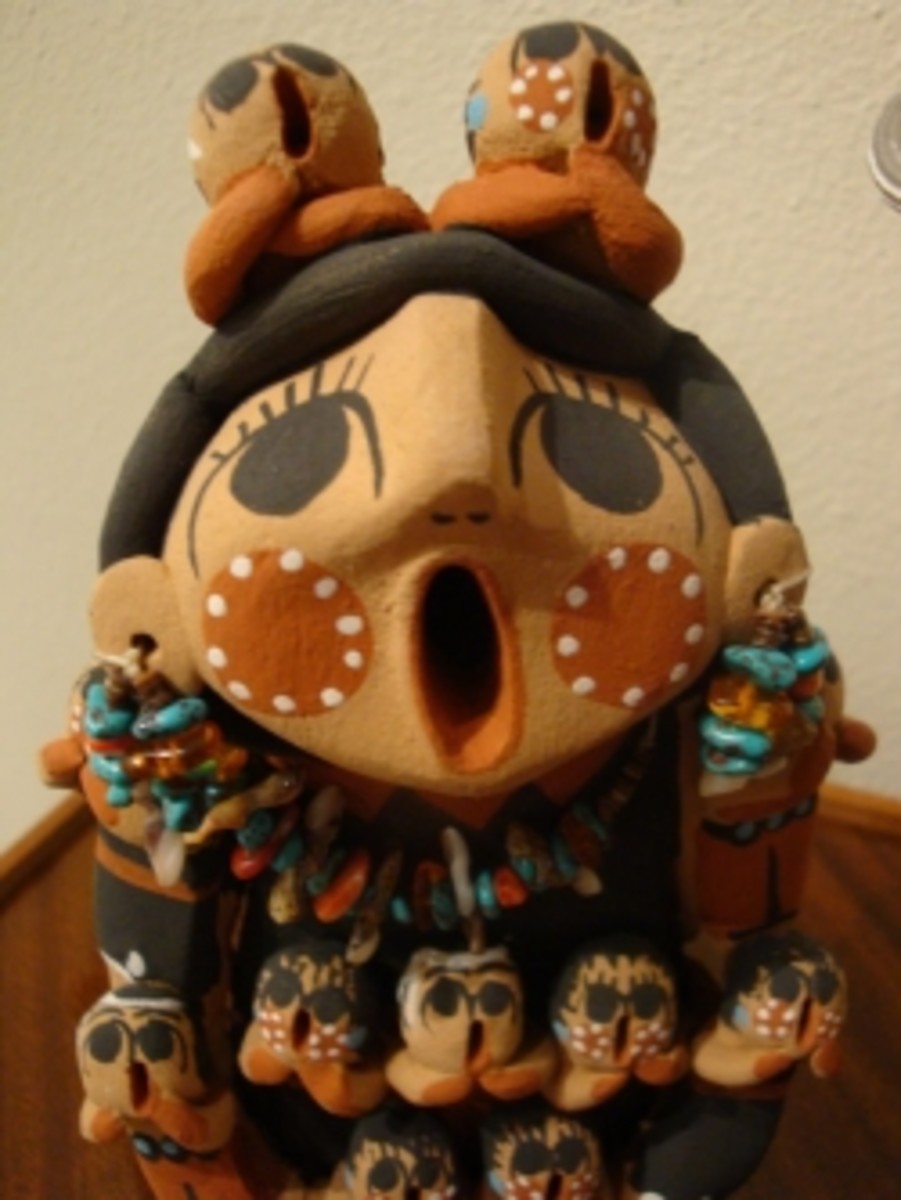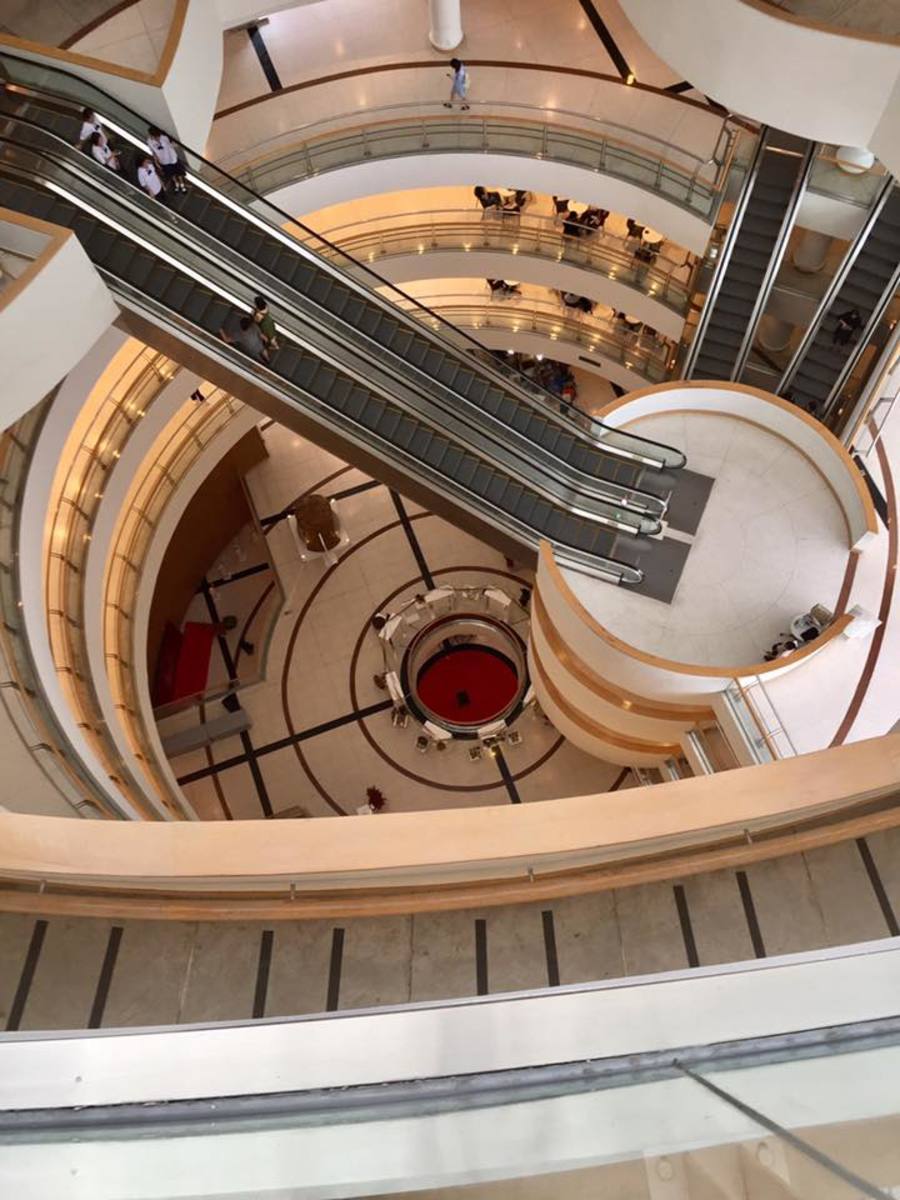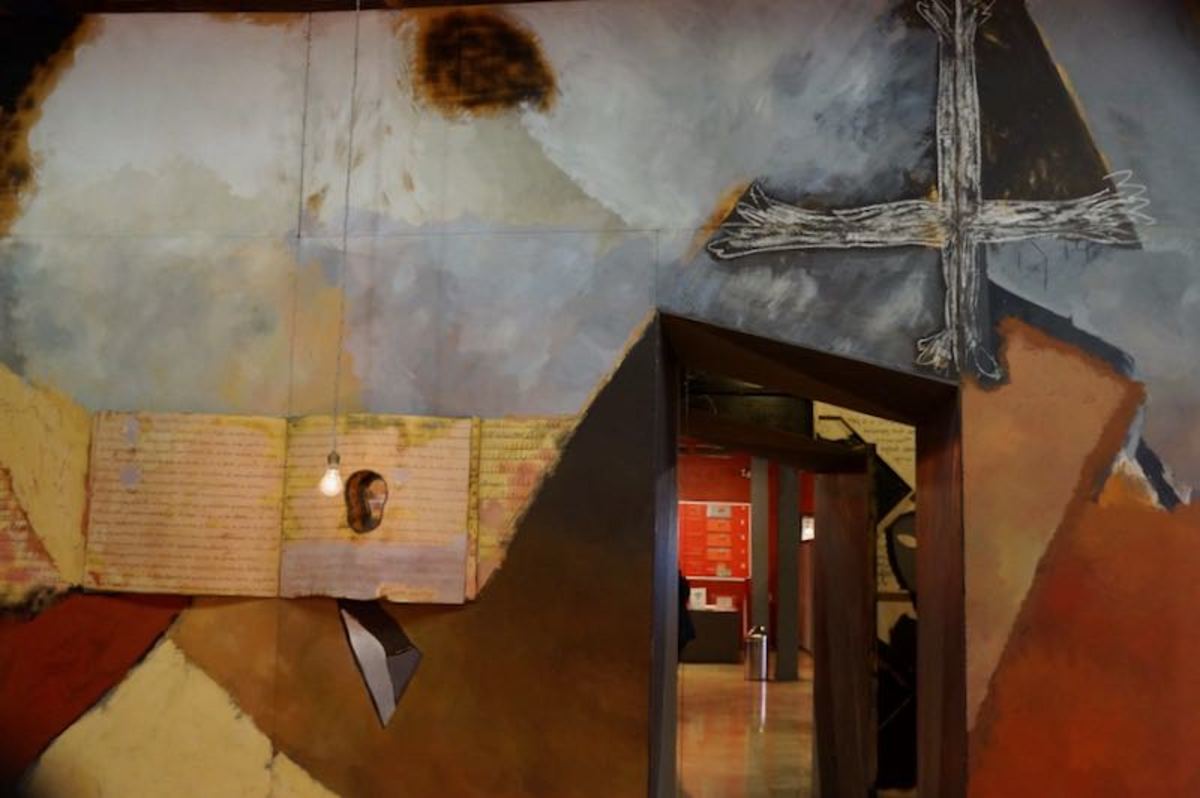Unknown Beauty: How to Visit an Unfamiliar Art Museum When Traveling
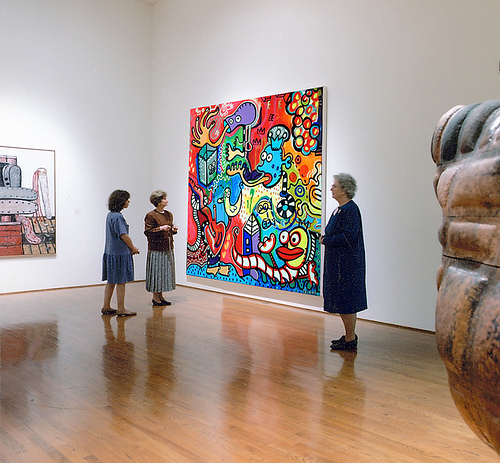
© 2012 by Aurelio Locsin.
As an informed traveler, you like to research the destination you visit as well as its attractions. However, sometimes, you may stumble upon an art museum that you did not encounter in your research, or that is too new to have any available information. If you decide to visit this unknown facility, you may make some wonderful discoveries. Here are some tips on how best to maximize your time and effort.
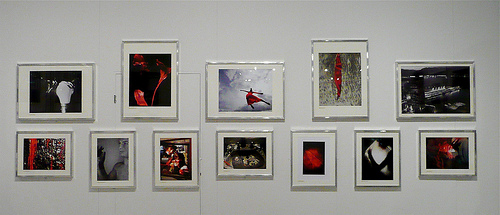
Consult the experienced.
Wait near the museum exit for any visitors who have already gone through the galleries. Ask for their opinions of the facility, what they thought were the best pieces and if they have any advice on touring. Their responses can help you determine whether the museum is worth a visit, and what artwork to look out for when you enter.
Ask the staff.
Curators, docents, museum guards and information desk clerks serve the public and are delighted to answer any questions you may have. Ask for a map and have them mark down where the museum’s best pieces are located. The recommendations will act as your guideposts to exploring the institution further. If they do not have a map, you can still ask for their list of the museum’s top 10 pieces and where they are located.
Visit the gift shop first.
As part of its efforts to make money and publicize its institution, the art museum gift shop typically carries items related to the pieces located in the galleries. These include books, replicas, pictures and post cards. Look for any guides to the museum. If you cannot afford to buy one, browse quickly through it for information on collection highlights. If no such books are available, check out the postcards or souvenir replicas because they typically showcase the best pieces of the institution. Ask the gift shop staff to show you on your map where you can find the originals.
Look for tours.
Tours are the easiest way to maximize your time at an unfamiliar museum. You only have to follow, listen and look to enjoy yourself. Tours are normally heavily publicized near the front desk or entrance, and are usually free. You can also ask museum staff or gift shop personnel if any tours are available.
Develop a touring plan.
Many tourists visit museums by entering the first gallery that they encounter and then studying the first artwork that they see. They then move on to the next artwork and continue in this fashion until they’ve seen all the pieces. They then proceed to the next room.
While this strategy works well for very small facilities, you will quickly run out of time and endurance if you try that with the Metropolitan Museum of Art in New York or the Louvre in Paris. A better way is to devote two or three hours to the entire museum viewing only pieces that interest you. With your map in hand, visit only those rooms and pieces you’ve marked out. If you have time after you’ve completed your tour, you can always go back and revisit rooms and pieces that you missed.
Go from the general to the specific.
If you don’t have a map or a touring plan, you can decide on-the-fly whether a room is worth your time. When you first enter, scan all the pieces in the room. Try to develop a sense of the style and type of artwork, the subject matter covered, the colors used and the historical period. If you need help, look for a general description of the gallery, which is usually placed near the entrance.
If the room does not interest you, skip it and move on to the next room. Otherwise, see if any of the pieces catch your eye. A gallery’s most important object is usually placed right in front of you as you enter. But don’t be afraid to ignore it, if it doesn’t appeal to you. Instead, spend time at the few items that you find worthwhile. Don’t be afraid to ask the room guard for his opinion of what is outstanding. Because he may spend all day in that one area, he is an expert due to experience, if nothing else.


